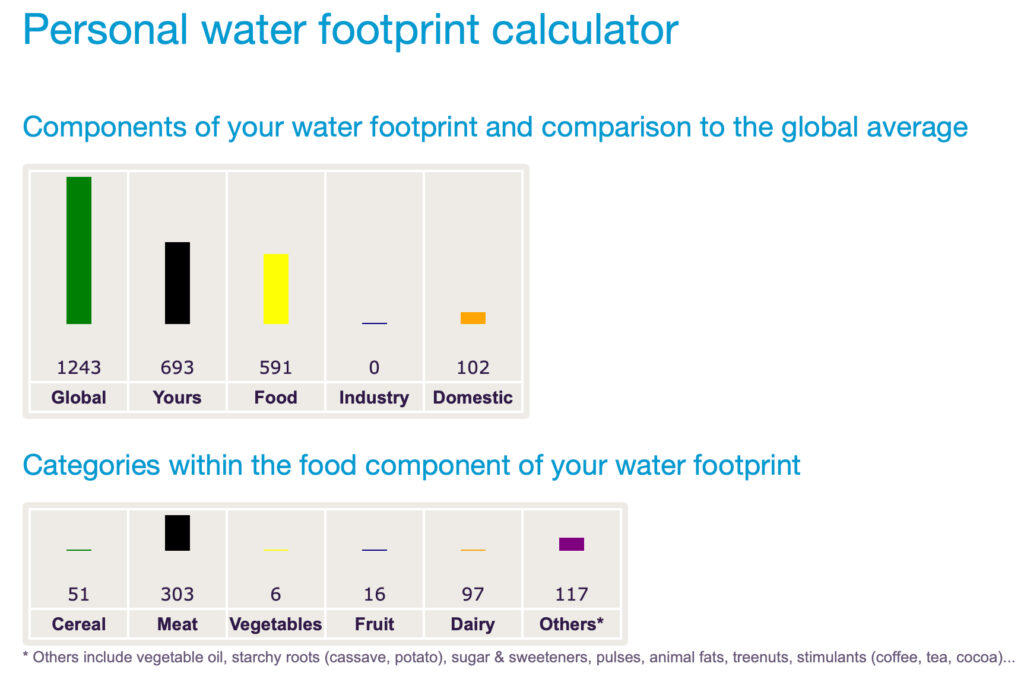By Jordan, Film and Television Studies; Junior

Today we visited the University of Twente where we met with a handful of students and faculty to spend the day discussing risk management and the impacts of our water footprint. A footprint is defined as humanity’s impact on land, water, carbon, or other common source materials. It is measured by global production and consumption, or all human’s activities across the globe. Some people assume that because water in all forms is a part of the water cycle, that it cannot be wasted; however, water can be polluted and unusable, and therefore the resource should be utilized sustainably. Some ways that water can be governed is by setting usage caps in each water basin, limiting water usage by individual product production, or paying greater attention to water/food/energy trade-offs and how they impact one another.

The United States has by far the worst water footprint when compared to other developed countries — approximately 80% of the global water footprint is ours, with more than half of this being sourced from the Mississippi Basin area. We are sucking the water dry out from under our feed in order to produce the goods we enjoy, but at what cost? It was surprising to learn that the production process of just one bottle of Coca Cola leaves a water footprint of thirty-six liters. As a country who loves sugar, the impact of those plastic bottles can really add up! On average, according to a 2011 UNESCO study, the water footprint of a typical United States consumer is 7,800 liters of water per day. A large fraction of that goes into food preparation and production — about 80% (with 31% of that being meat production). Another 12% is a result of industrial products, and the remaining percentages are attributed to other production impacts. In California, the top six consumers of water are production companies for animal feed, walnut/almond factories, residential areas, rice factories, grape factories, and cotton mills. Take note on the fact that most of this water footprint is a result from food production, with the top consumer being meat costs. Beef has the largest global average water footprint — 10.2 liters per kilocalorie — followed by poultry and pork production. In the United States, because of how impactful meat is on the water source, more and more people are turning to options that result in eating less meat (such as vegan or vegetarian) in order to reduce their personal water footprint.
After our discussion about the average American citizen’s water footprint and how big it really is, I decided to calculate my own water footprint. Using calculations from the Water Footprint Network assessment (link opens in new tab), it was determined that as a female living in the United States who eats an average amount of meat, my water footprint is 693.4 meters cubed per year. My water footprint is smaller than the global average, and meat is the food category that makes up a majority of my water footprint. As someone who wears a size five shoe, that’s a huge impact.

